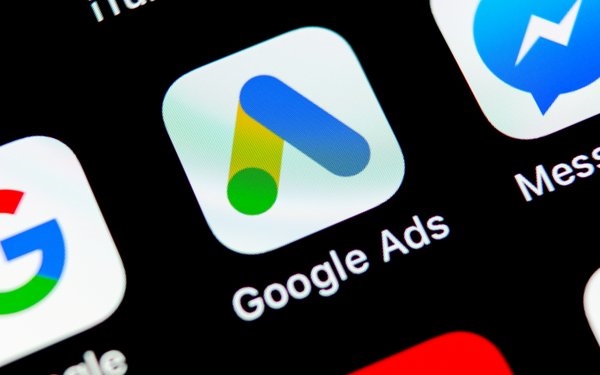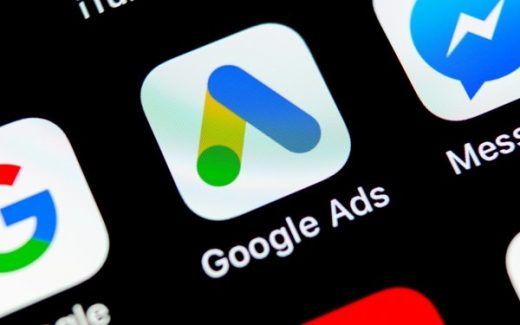Google Gets Marketer Pushback On Automation
Google Gets Marketer Pushback On Automation

As automation continues to take control of many bidding and ad-serving decisions for online advertising, marketers have mixed responses to the changes that restrict their ability to optimize campaigns based on the data.
A recent invitation that was sent to a handful of marketers sparked debate. The invitation focuses on testing a feature in Responsive ads that not only automates the creation of the ad, but determines the format to use and where to serve it. Responsive display ads announced this week by Google will roll out to all advertisers during the next few months. Similar to responsive search ads, advertisers provide headlines, copy and images. Google assembles them as they’re served.
There is a role for automation, but at this point Google’s automation seems equipped to drive efficiencies and not scale, said Janel Laravie, founder of the agency Chacka Marketing, adding that the smartest thing advertisers can do is test, access and adapt their strategy.
“There are effective ways to use smart bidding, but I have not seen it proved successful when applied in mass,” she said. “At the moment, you can’t apply it across the board and get it to work.”
Chacka Marketing uses a hybrid approach, applying automation to manual steps.
The biggest complaint is that the new feature removes tools and eliminates the data that allows marketers to optimize their campaigns, causing marketers to rely too heavily on Google’s automation.
“If I’m an advertiser with a four-day promo, how do you know the impact my promotion will have on the share of clicks on the page and how it will influence the competition?” asks Tim Daly, chief executive officer at Vincodo, an agency specializing in lead generation and ecommerce.
In the previous format, marketers could see the ad types — native, display, responsive, text — being served. Now the ad type is a dash mark. The assets, headlines, images, and copy, are mixed and matched, including the type of ad inventory being created and where it’s served, he said.
Daly thinks the technology has not been completely thought through, from start to finish.
“It’s like Google is trying to sell the inventory that no one wants, forcing marketers to take it whether they like it or not,” Daly said. “There’s not enough transparency. Show us the emperor has clothes.”
Google provides data in some areas of advertising, and takes away transparency from others. “A black box running on AI cannot accommodate for qualitative factors,” he said. “It can only accommodate for quantitative factors.”
(16)


